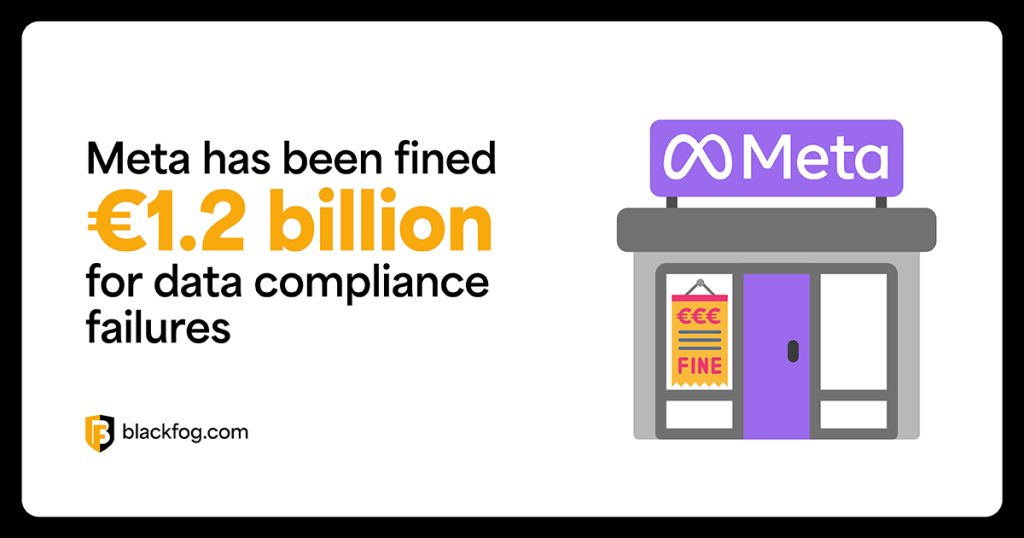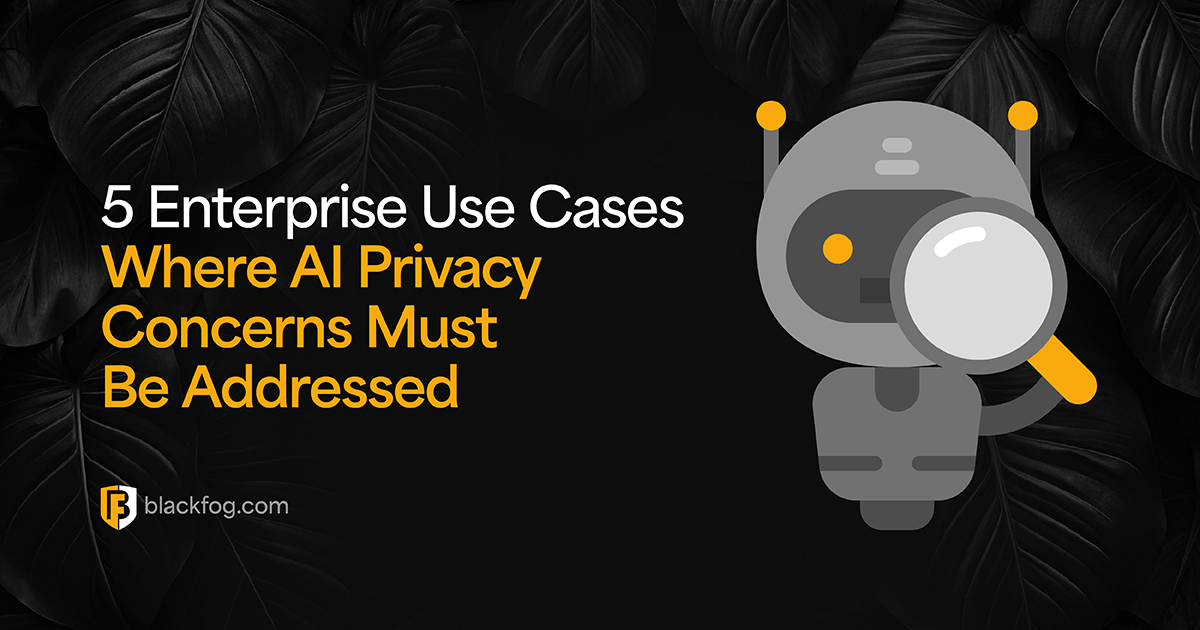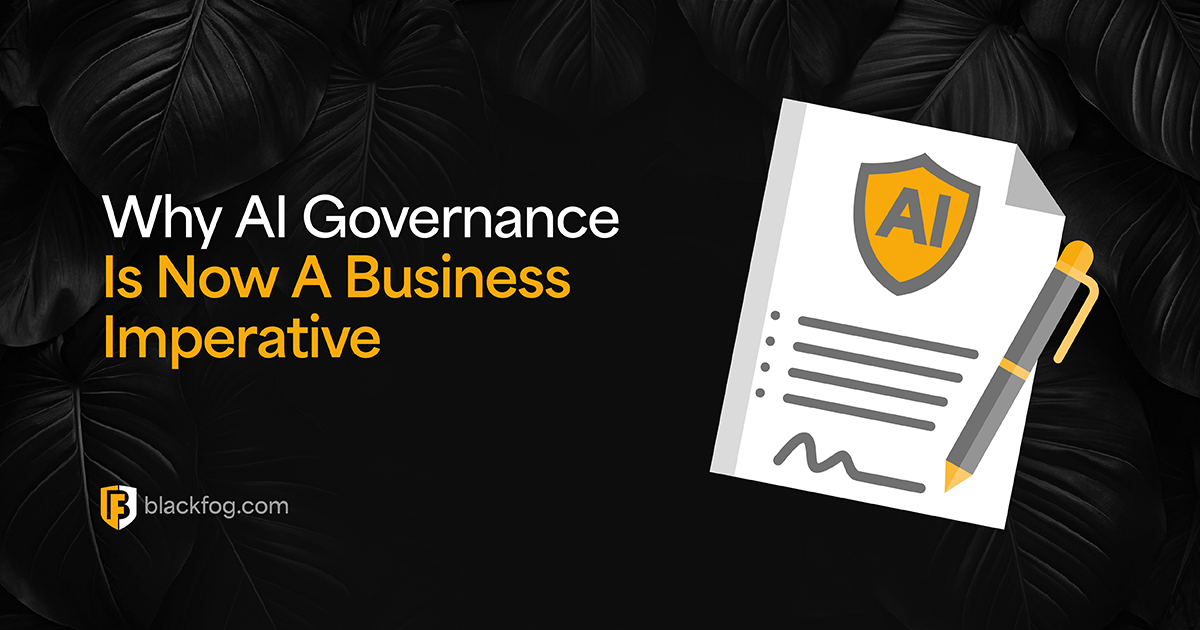
Introduction to Data Security Compliance
Keeping data safe from cyberthreats is critical for a number of reasons. But one area that requires particularly close attention is ensuring firms are on the right side of the various data protection and privacy regulations in force around the world.
This requires data security compliance. The term refers to the range of activities that are needed in order to ensure organizations are meeting the demands placed on them, including frameworks, policies and technologies. These all play a role in protecting their most sensitive digital assets from cyberthreats such as hacking attacks and ransomware.
This matters because without it, firms could end up facing hefty fines from regulators for failing to effectively safeguard sensitive details about customers and employees. With a new generation of tougher rules governing the use of personally identical information (PII) in particular, this could end up proving highly expensive. On top of this, the reputational damage that may occur can be even more harmful, making potential customers mistrustful for years to come.
Key Data Security Regulations
There are many data security regulations around the world that businesses will have to adhere to. In addition to general rules that govern every company, regardless of size or sector, many firms may also need to be aware of industry-specific rules depending on the type of data they deal with. Some of the most consequential regulations are as follows.
General Data Protection Regulation (GDPR)
The EU’s General Data Protection Regulation (GDPR) is one of the widest-ranging and toughest compliance regimes in the world. It covers any organization that holds data on EU citizens – not only those based in the EU – and sets out strict requirements for the storage, handling and retention of data. Those that fail to comply with its rules can face fines of up to either €20 million (£21.81 million) or four percent of global revenue – whichever is highest.
Health Insurance Portability and Accountability Act (HIPAA)
In the US, one of the most notable regulations is HIPAA. This covers healthcare organizations including hospitals, primary care providers and insurance companies and has very tough penalties in place for the disclosure of medical information. HIPAA requirements range from physical security to access controls and monitoring tools that clearly log who is viewing patient data.
California Consumer Privacy Act (CCPA)
Sometimes referred to as an American version of GDPR – and in fact closely modeled on the EU’s rules – the California Consumer Privacy Act (CCPA) is another general data privacy law. While not quite as wide-ranging as GDPR, only applying to firms with revenues of at least $25 million or those that hold the data of at least 100,000 California residents, it gives consumers more visibility and control into how their data is used. It includes penalties of up to $7,500 per record in the event of a data breach – which can quickly add up to millions of dollars in fines for large enterprises.
Payment Card Industry Data Security Standard (PCI DSS)
PCI DSS compliance is a must-have for any business that wishes to process card payments. It consists of 12 key requirements ranging from the use of firewalls and strong password practices to regular vulnerability scanning. While it is an industry rule rather than a government mandate, organizations that fail its requirements can still face large fines from payment providers or have their ability to accept payments restricted.
Benefits of Data Security Compliance

Being able to prove compliance with these data protection regulations is critical to the smooth running of any businesses. This should not be viewed as a box-checking exercise, but rather as an essential part of building a comprehensive data security and privacy solution.
Ensuring compliance with these regulations offers peace of mind to businesses that they are not in danger of financial penalties, while also indicating to customers that the firm can be trusted to look after their most sensitive data. In turn, this helps support the long-term growth of the enterprise and lets them invest with confidence.
Some of the penalties handed out in recent years for compliance failures illustrate just how seriously regulators are taking this. For example, Meta has been fined €1.2 billion ($1.29 billion) by European regulators for failing to handle user data correctly. Meanwhile, in the US, insurer Anthem paid a penalty of $16 million for HIPAA violations following an hacking attack in 2015 that affected over 79 million people – though this paled in comparison to the $115 million class-action settlement it eventually agreed with victims.
Common Challenges in Achieving Compliance
Reaching a state where firms can be confident they are fully compliant with all relevant regulations can be a tricky task. It requires a great deal of time and effort to ensure data is being stored, transferred and handled securely, as well as investment in the right technology.
One of the biggest issues facing many firms is the complexity of their IT environments. There are a number of factors that contribute to this, including changes to working patterns such as remote and hybrid working, greater use of cloud computing solutions and data sprawl. All of these mean that sensitive information may be held in multiple locations, including on unsecured devices outside the network perimeter.
Therefore, one of the first steps in ensuring compliance must be to conduct a full audit and data discovery process to ensure security teams have a complete picture of their data posture and what protections are in place, regardless of where it resides.
Steps to Achieve Data Security Compliance
In order to be certain that firms are in line with the various data protection regulations that apply to them, there are a few critical steps that need to take place. These include the following:
- Assessing current data security status – A full audit of current practices and technologies is an essential first step in identifying where improvements need to be made.
- Identifying applicable regulations – Not every firm will need to adhere to every legislation. CCPA, for example, only affects larger companies, so it’s important organizations understand which regulations they need to follow.
- Developing a compliance plan – This should set up all the steps that will be required in order to achieve compliance, which technologies will be required to do this and who will be responsible for the process.
Best Practices for Data Security Compliance
Compliance is not a one-time activity. It must be an ongoing process that is regularly reviewed to look for any changes in circumstances in the business. It’s important that businesses do not simply assume that the measures they have in place today will be adequate for the coming years.
With this in mind, some of the essential key practices that firms need to be following in order to maintain data security compliance are:
- Conducting regular audits – Frequently reviewing where data is, how it is classified and what protections are in place helps spot any gaps in the network defenses.
- Employee training and awareness – Human error remains the leading cause of data breaches, so it’s vital everyone in the business understands their responsibilities, from the safe use of personal devices to how to spot phishing emails.
- Implementing robust security measures – Firewalls, email security, antimalware software, intrusion detection and prevention systems, monitoring tools and endpoint protections all have a role to play in ensuring networks are secure.
- Data encryption and access controls – Keeping close control over who can view data is essential, and this means tough access management policies and tools. Strong encryption for the most sensitive data also acts as an extra line of defense should these initial protections be bypassed.
Preventing data leaving the network – Data leaks, either intentional by malicious hackers or through accidental disclosure – is one of the biggest threats to security compliance, so anti data exfiltration (ADX) solutions that can automatically spot unusual activity are a must-have.
Share This Story, Choose Your Platform!
Related Posts
AI Data Exfiltration: The Next Frontier Of Cybercrime
How are cybercriminals using AI data exfiltration to enhance their ransomware attacks and what must businesses do to counter these threats?
5 Enterprise Use Cases Where AI Privacy Concerns Must Be Addressed
AI privacy concerns are rising with AI adoption - five use cases highlight the key issues businesses must consider.
What AI Management Really Means For The Enterprise
Ongoing AI management is essential in maintaining compliance in a challenging environment. Here's what businesses need to consider.
AI Security Risks Every Business Must Know About
AI Security Risks are growing as AI embeds in business. What key threats must firms address to stay compliant with data regulations?
Who’s Really In Charge? Why AI Governance Is Now A Business Imperative
Find out why a strong AI governance program will be essential if enterprises are to make the best use of the highly in-demand technology.
AI Compliance: A Roadmap For Addressing Risk And Building Trust
AI compliance is set to be a major focus for businesses in the coming year. Here's what you need to know to make this as easy as possible.






